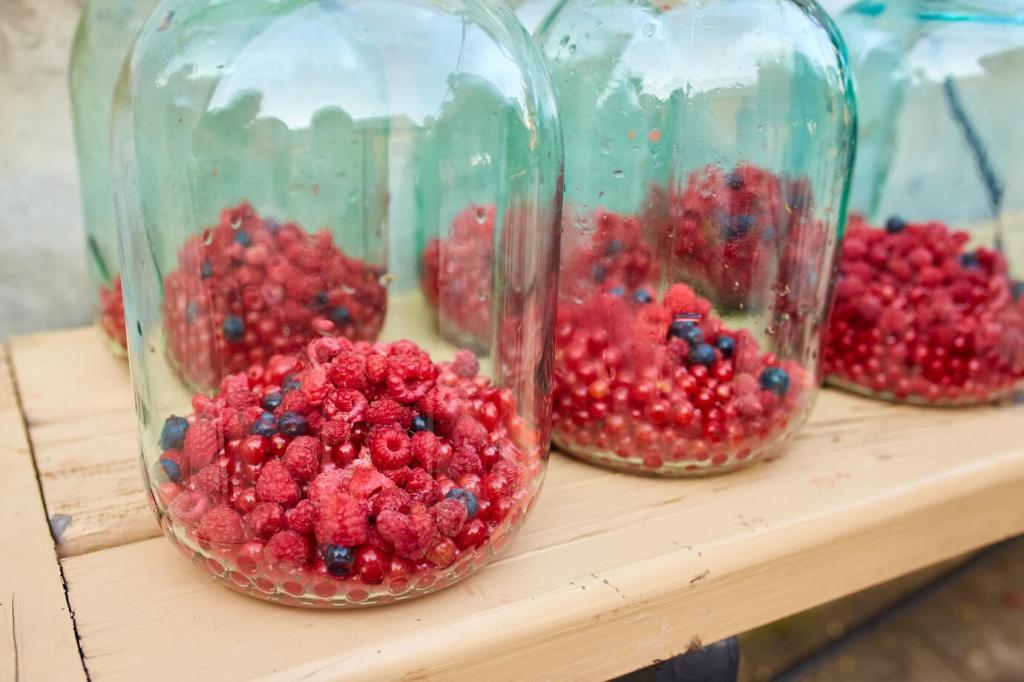
Protecting Antique Furniture from Damage
Antique furniture holds significant historical, monetary, and sentimental value, making its preservation a matter of both cultural appreciation and personal investment. Protecting these unique pieces from damage requires careful consideration of their materials, craftsmanship, and the environments they inhabit. By understanding best practices for cleaning, handling, and maintaining antique furniture, owners can prevent deterioration and extend the lifespan of these treasured items, ensuring they can be enjoyed for generations to come.
Understanding Common Causes of Damage
Environmental Factors: Humidity and Temperature
Fluctuations in humidity and temperature are among the primary culprits in the deterioration of antique furniture. Wood, a common component in many antiques, is especially susceptible to expanding and contracting as moisture levels change. These movements can cause warping, cracking, or looseness in joints and veneers. High humidity may also encourage mold or mildew growth, while excessive dryness can render wood brittle. Protecting furniture from direct sources of heat, as well as avoiding storage in damp areas, is vital to maintaining its stability and appearance over time.
Light Exposure and UV Damage
Extended exposure to natural or artificial light can significantly affect the lifespan and aesthetics of antique furniture. Ultraviolet rays can fade wood finishes, textiles, and paints, leading to loss of color and surface integrity. Even indirect sunlight may gradually bleach exposed surfaces. Protecting antiques from direct light and utilizing window coverings or UV-filtering films can help reduce this silent but persistent threat. Being mindful of where and how furniture is displayed will play a substantial role in preserving its original character.
Pests and Infestations
Insects such as woodworm, termites, and beetles pose a significant risk to antique furniture, especially pieces containing untreated wood. These pests may bore tiny holes, weaken structures, and go unnoticed until substantial damage has occurred. Regular inspection is crucial to detecting early signs of infestation, which may include small exit holes, frass, or a musty odor. Addressing pest problems quickly, often with the help of professionals, can prevent irreparable harm and protect the historical integrity of cherished antiques.
Proper Cleaning and Maintenance Techniques
Regular dusting with a soft, lint-free cloth is the safest way to keep antique furniture clean without risking abrasion or surface damage. Unlike conventional furniture, antiques should not be cleaned with water-based solutions or harsh chemicals, as these can break down delicate finishes and seep into the wood. Specialized cleaning products designed for antique surfaces can be used sparingly when necessary. Cleaning should be done carefully and methodically, focusing on preserving patina rather than achieving a modern, glossy shine.

Handling and Placement Considerations
01
Safe Transportation and Movement
Antique furniture should always be lifted rather than pushed or dragged, as this prevents stress on joints and legs, which may already be weakened by age. Planning the route before moving an item, clearing obstacles, and using proper lifting techniques are vital steps to avoid accidental bumps or drops. Employing specialized moving blankets or padding can further protect surfaces during transit. Whenever possible, larger or more fragile pieces should be moved by professionals who have experience with antiques.
02
Strategic Placement in the Home
Where antique furniture is situated plays an essential role in its preservation. Placement away from direct sunlight, heat sources, and areas with fluctuating humidity is paramount to prevent gradual damage. High-traffic areas should be avoided to lessen the risk of accidental knocks or spills. An even, stable surface is crucial to prevent warping or tilting, and consideration should be given to airflow so that mold or mildew do not develop in enclosed spaces. Creating a suitable environment for display ensures both safety and aesthetic enjoyment.
03
Preventing Everyday Wear and Tear
Daily use can take a quiet toll on antique furniture, with repeated actions leading to noticeable wear over time. Using coasters, placemats, and protective pads can help guard against spills, scratches, and heat damage during regular activities. It is advisable to keep heavy or sharp objects off delicate surfaces. Reminding family members and visitors about the unique nature and fragility of antiques can foster respect and caution. Integrating thoughtful habits into daily routines further supports long-term protection.
